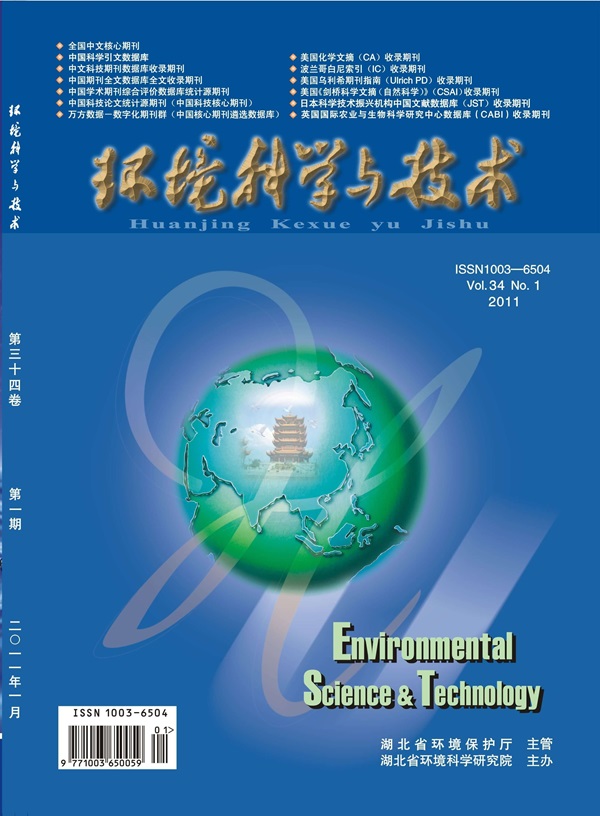6PPD-Q 烷基羟基代谢物的结构和毒性特征
IF 10.8
1区 环境科学与生态学
Q1 ENGINEERING, ENVIRONMENTAL
引用次数: 0
摘要
本文章由计算机程序翻译,如有差异,请以英文原文为准。

Structure and Toxicity Characterization of Alkyl Hydroxylated Metabolites of 6PPD-Q
Distinct from other nontoxic phenyl-p-phenylenediamine (PPD) quinones, N-(1,3-dimethylbutyl)-N′-phenyl-p-phenylenediamine-quinone (6PPD-Q) was recently discovered to be regioselectively metabolized to alkyl hydroxylated metabolites (alkyl–OH-6PPD-Q) in rainbow trout. It remains unknown whether the unique alkyl–OH-6PPD-Q contributes to the toxicity of 6PPD-Q. To test this, we herein synthesized chemical standards of alkyl–OH-6PPD-Q isomers and investigated their metabolic formation mechanism and toxicity. The predominant alkyl–OH-6PPD-Q was confirmed to be hydroxylated on the C4 tertiary carbon (C4–OH-6PPD-Q). The formation of C4–OH-6PPD-Q was only observed in microsomal but not in cytosolic fractions of rainbow trout (O. mykiss) liver S9. A general cytochrome P450 (CYP450) inhibitor fluoxetine inhibited the formation of hydroxylated metabolites of 6PPD-Q, supporting that CYP450 catalyzed the hydroxylation. This well-explained the compound- and regio-selective formation of C4–OH-6PPD-Q, due to the weak C–H bond on the C4 tertiary carbon. Surprisingly, while cytotoxicity was observed for 6PPD-Q and C3–OH-6PPD-Q in a coho salmon (O. kisutch) embryo (CSE-119) cell line, no toxicity was observed for C4–OH-6PPD-Q. To further confirm this under physiologically relevant conditions, we fractionated 6PPD-Q metabolites formed in the liver microsome of rainbow trout. Cytotoxicity was observed for the fraction of 6PPD-Q, but not the fraction of C4–OH-6PPD-Q. In summary, this study highlighted the C4 tertiary carbon as the key moiety for both metabolism and toxicity of 6PPD-Q and confirmed that alkyl hydroxylation is a detoxification pathway for 6PPD-Q.
求助全文
通过发布文献求助,成功后即可免费获取论文全文。
去求助
来源期刊

环境科学与技术
环境科学-工程:环境
CiteScore
17.50
自引率
9.60%
发文量
12359
审稿时长
2.8 months
期刊介绍:
Environmental Science & Technology (ES&T) is a co-sponsored academic and technical magazine by the Hubei Provincial Environmental Protection Bureau and the Hubei Provincial Academy of Environmental Sciences.
Environmental Science & Technology (ES&T) holds the status of Chinese core journals, scientific papers source journals of China, Chinese Science Citation Database source journals, and Chinese Academic Journal Comprehensive Evaluation Database source journals. This publication focuses on the academic field of environmental protection, featuring articles related to environmental protection and technical advancements.
 求助内容:
求助内容: 应助结果提醒方式:
应助结果提醒方式:


